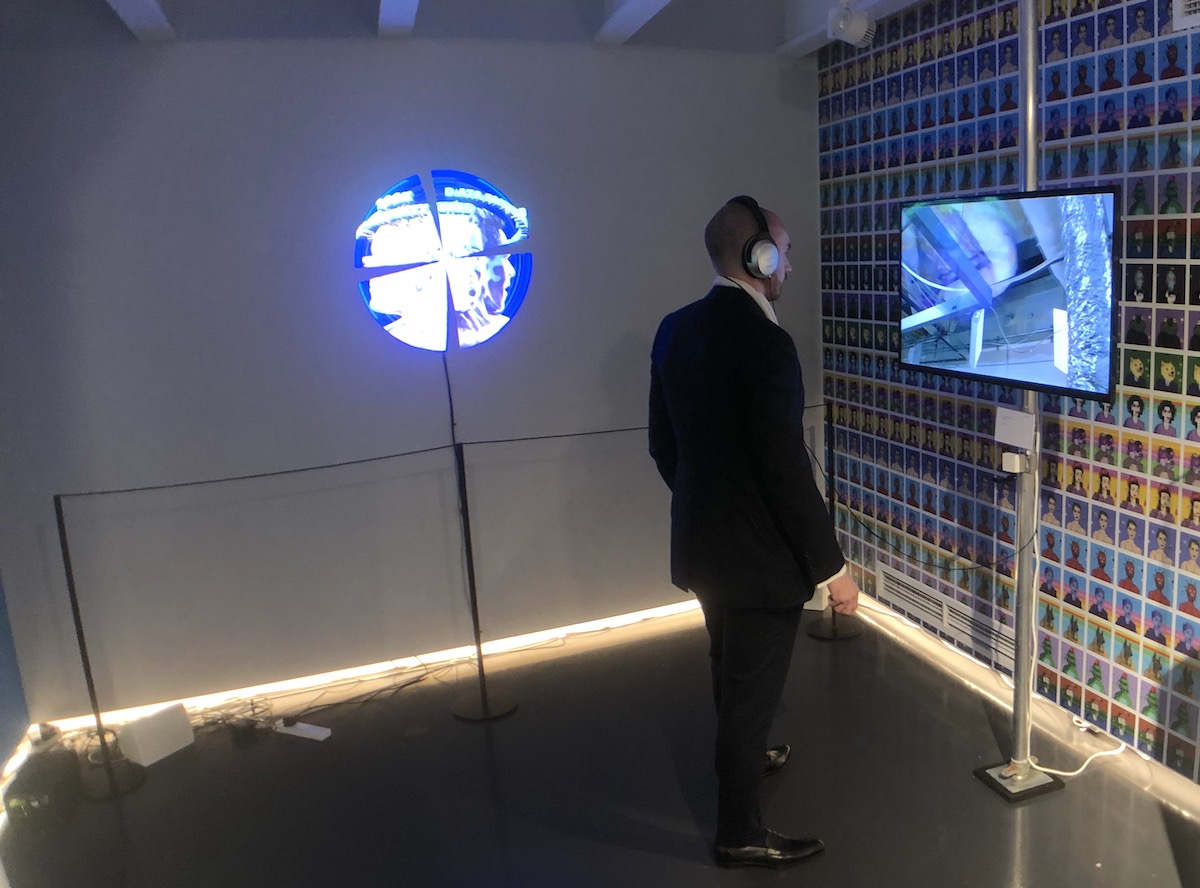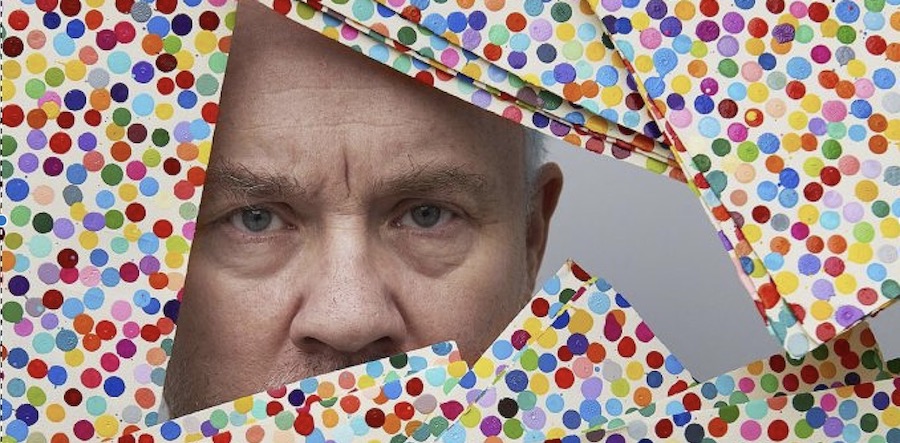NFTs From Digital Phenomenon to Global Meltdown

In the shifting landscape of the digital realm, Non-Fungible Tokens (NFTs) emerged as a possible revolutionary force, reshaping how we perceive and engage with art, culture, and even ownership in the virtual world. Several well-known artists, including Damien Hirst, Jeff Koons, and Ai Weiwei jumped on the bandwagon, but the abuse of the medium mainly from greedy e.Traders saw the credibility of NFTs shrink to net zero.
NFTs were designed to go hand in hand with cryptocurrency, to be traded and collected in the same way as print editions were to the baby boomers. The catastrophic, scandal-ridden crypto-market suffered near collapse due to the recent downfall of Sam Bankman-Fried. The news serves as a stark warning against the belief in immunity from the laws of financial gravity. Convicted of fraud by a New York court, Bankman-Fried now confronts the prospect of decades behind bars.
FTX, his cryptocurrency exchange, was at the centre of the scandal, accused of stealing billions from customers’ deposits and funnelling the funds illicitly to Bankman-Fried’s trading operation. Subsequently, these funds were allegedly squandered on high-risk cryptocurrency speculation. The events leading to FTX’s demise late last year are attributed to what industry observers label as “hubris” and “arrogance,” traits seen as commonplace within the tech sector.
Despite the controversy surrounding Bankman-Fried, Bitcoin, the leading cryptocurrency, has exhibited some resilience, rallying 125% this year. However, it remains 40% below its November 2021 peak and could still drop considerably. Crypto enthusiasts brushing off the scandal argue that Bankman-Fried is an isolated case, dismissively termed a “bad apple” by Molly White in The New York Times. However, skeptics say that the lack of controls and susceptibility to market manipulation that contributed to Bankman-Fried’s initial success are pervasive issues within the broader crypto industry.

In the wake of the NFT-related Bored Ape scandal, where stakeholders in Yuga Labs faced a class action and subsequent lawsuits, confidence in the business model waned among fresh investors. Previous collectors sued alleging that individuals connected to the NFT series Bored Ape Yacht Club, including celebrity promoters Paris Hilton, Snoop Dogg, Kevin Hart, Serena Williams, Gwyneth Paltrow, Madonna, Jimmy Fallon, Justin Bieber and others, conspired to defraud potential investors. The complaint, filed on December 8 2022 in a federal district court in L.A., implicated 37 defendants, including Yuga partners, and veteran music manager Guy Oseary. Amy Wu was also named in the litigation, as reported by Vanity Fair magazine. Sotheby’s was added as a defendant in an amended complaint. The lawsuit alleged that Sotheby’s misleadingly suggested that the undisclosed buyer of a lot of 101 Bored Ape NFTs was a ‘traditional’ collector, creating a false impression that the market for BAYC NFTs had transitioned into the mainstream. According to the plaintiffs, this misrepresentation adversely affected investors who purchased the NFTs with the expectation of realising profits.
Sotheby’s conducted the sale of the Bored Ape NFT lot for $24.4 million during its “Ape In!” auction in September 2021, surpassing pre-auction estimates ranging from $12 million to $18 million. The average price per NFT in the lot amounted to over $241,000. However, as of the latest data from CoinGecko, Bored Ape NFTs now command a floor price of approximately $50,000 worth of ether cryptocurrency. To give you an example of the current market, Justin Bieber’s Bored Ape NFT was valued at $1.3 million in 2022—now it’s only worth around $60,000.

As the controversy unfolded, parallels were drawn to historical instances, with some industry observers likening the situation to Tulip Mania during the Dutch Golden Age. Tulip Mania was characterised by the extraordinary price surge for newly introduced and fashionable tulip bulbs, culminating in a dramatic collapse in February 1637.
In the aftermath of the Bored Ape scandal, the disillusionment among investors reflects the cyclic nature inherent in market booms and subsequent contractions. This downturn underscores the inherent risks associated with high-profile NFT ventures. It raises questions about the broader resilience of the NFT market in the face of legal challenges and celebrity entanglements.
The concept of NFTs can be traced back to the early 2010s, but it wasn’t until the latter half of the decade that they gained widespread recognition. The pivotal moment came in 2017 with the launch of CryptoKitties, a blockchain-based game that allowed users to buy, sell, and breed unique virtual cats. Each CryptoKitty was tokenised as an NFT, marking the first notable use of this technology for digital collectables.
Fast forward to 2021, and NFTs exploded into mainstream consciousness. The art world became a focal point as digital artist Beeple made headlines by selling a collage of his works as an NFT for a staggering $69 million at a Christie’s auction. This unprecedented sale marked a seismic shift in the art market, demonstrating that digital art, too, could hold significant value.
NFTs extended beyond the art world, infiltrating music, gaming, and sports. Musicians began dropping limited edition NFT albums, gamers tokenised in-game assets, and NBA Top Shot revolutionised the trading card industry by turning memorable basketball moments into NFTs.
The underlying technology behind NFTs is blockchain, a decentralised and secure ledger that ensures digital assets’ scarcity, authenticity, and ownership. Ethereum, with its innovative contract capabilities, became the primary platform for NFT creation, facilitating the explosion of digital art and collectables on the blockchain.
However, the NFT boom also sparked debates about environmental concerns due to the energy-intensive nature of blockchain transactions. Artists, too, questioned the system’s equity, raising issues about the rights and royalties associated with their tokenised works.
As NFTs evolve, industry stakeholders are exploring solutions to address these concerns. The technology’s potential for disrupting traditional ownership models, empowering creators, and democratising access to art and culture remains a compelling force.
The history of NFTs is a testament to the transformative power of technology, illustrating how a niche concept evolved into a global phenomenon and then backtracked into a shallow grave…. Challenges of conventional notions of ownership and authenticity in the digital age is still an interesting concept but what is lacking in current ‘fine art’ NFTs is the ability to create something beyond ‘Gaming Art’ and not just reproduce artwork that already exists. AI art is a step beyond NFTs but again it relies too much on Fantasy Art and Manga to be taken seriously by the Art Basel and Frieze crowd. As the NFT landscape matures, its impact on various industries and how we perceive and value digital assets will shape the creative economy’s future.
Words/Photos PC Robinson © Artlyst 2023




